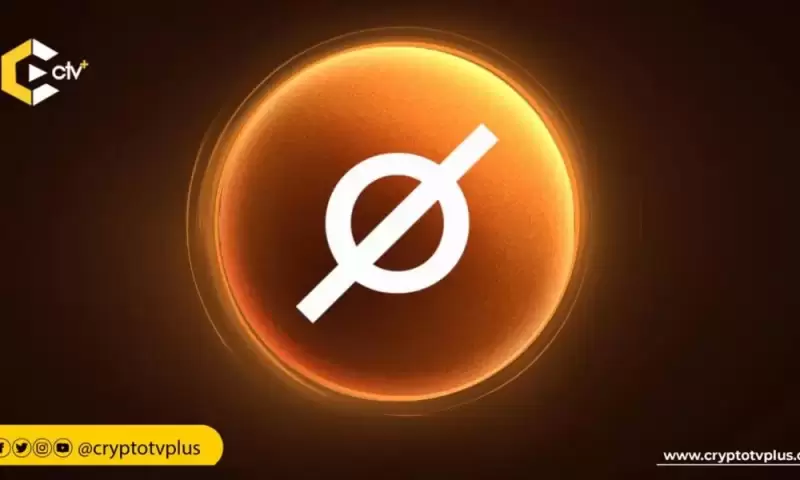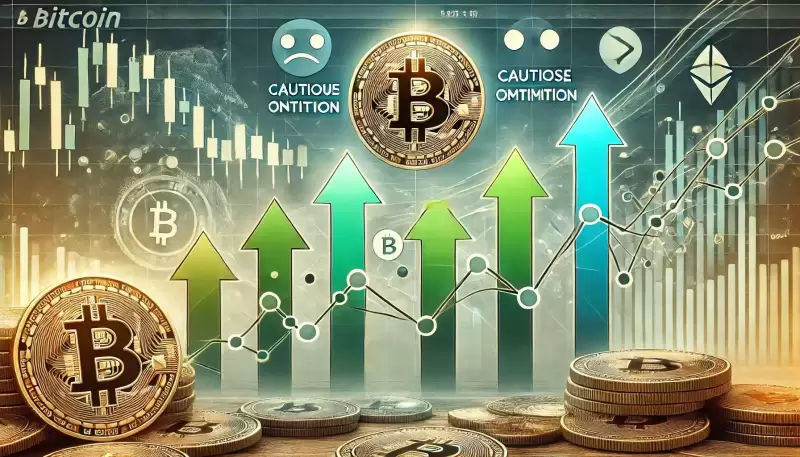 |
|
 |
|
 |
|
 |
|
 |
|
 |
|
 |
|
 |
|
 |
|
 |
|
 |
|
 |
|
 |
|
 |
|
 |
|
Cryptocurrency News Articles
Optimistic Rollups: A Breakthrough in Ethereum's Scalability Journey
Apr 02, 2024 at 05:00 pm
Optimistic rollups, a component of Ethereum's scalability solutions, process transactions off-chain to reduce congestion and gas fees. These rollups operate by assuming transactions are valid and sending them to the mainnet as a single block, allowing for high transaction throughput due to the absence of immediate validation. However, users can challenge invalid transactions using "fault proofs," ensuring the integrity of the system. Optimistic rollups are a key part of Optimism's OP Stack, a comprehensive software suite for Ethereum scalability.

Optimistic Rollups: A Scalability Solution for Ethereum
Amidst the burgeoning realm of blockchain technology, the Ethereum network has emerged as a formidable platform for decentralized applications and smart contract functionality. However, as Ethereum's popularity has surged, so too has the issue of network congestion, resulting in prolonged transaction times and exorbitant gas fees.
To address these scalability challenges, developers have devised an array of Layer-2 solutions, including optimistic rollups, which offer a promising approach to enhance Ethereum's transaction processing capabilities.
Understanding Optimistic Rollups
Optimistic rollups operate on the principle of optimistic validation, wherein all transactions within a block are initially assumed to be valid. This assumption enables rapid transaction processing, as the burden of validation is deferred until later.
At the core of an optimistic rollup is a "sequencer," a specialized node responsible for aggregating and bundling transactions into blocks. These blocks are then submitted to the Ethereum mainnet, where they are recorded as a single transaction, known as a state commitment.
Benefits of Optimistic Rollups
The absence of real-time validation during transaction processing grants optimistic rollups several advantages over conventional blockchain protocols.
- High Transaction Throughput: By eliminating the need for immediate validation, optimistic rollups significantly increase the number of transactions that can be processed per second. This enhanced throughput alleviates network congestion and reduces transaction delays.
- Reduced Gas Fees: The aggregation of numerous transactions into a single block significantly lowers the gas costs associated with each individual transaction. Users can enjoy substantial savings compared to direct transactions on the Ethereum mainnet.
Fraud Detection and Dispute Resolution
While optimistic rollups assume the validity of transactions, a mechanism exists to challenge any fraudulent or invalid entries. Any user can submit a "fraud proof" during a designated period to dispute a transaction.
If a fraud proof is successful, the contested state commitment is removed from the chain and replaced with a corrected version. This dispute resolution process ensures the integrity and security of the optimistic rollup system.
Optimism and the OP Stack
Optimism, a prominent provider of Layer-2 scaling solutions, leverages optimistic rollups as the foundation of its comprehensive software suite, the OP Stack. This comprehensive set of tools offers a diverse range of capabilities for developers and users, including:
- L1 Bridge: A secure and efficient gateway for transferring assets between Ethereum and Optimism's Layer-2 network.
- Sequencer: A high-performance node responsible for ordering and bundling transactions for inclusion in rollups.
- Dispute Manager: A specialized contract that facilitates the submission and adjudication of fraud proofs.
- Optimistic Virtual Machine (OVM): A modified version of the Ethereum Virtual Machine that enables smart contract execution on Optimism's Layer-2 chain.
Conclusion
Optimistic rollups represent a significant advancement in Ethereum's scalability landscape. By embracing the power of optimistic validation, these solutions offer lightning-fast transaction processing, reduced gas fees, and robust fraud detection mechanisms. As the Ethereum ecosystem continues to evolve, optimistic rollups are poised to play a transformative role in unlocking the full potential of decentralized applications.
Disclaimer:info@kdj.com
The information provided is not trading advice. kdj.com does not assume any responsibility for any investments made based on the information provided in this article. Cryptocurrencies are highly volatile and it is highly recommended that you invest with caution after thorough research!
If you believe that the content used on this website infringes your copyright, please contact us immediately (info@kdj.com) and we will delete it promptly.
-

-

-

-

-

-

-

-

- Publicly Traded Bitcoin Miners Pop Friday—But YTD Losses Still Cut Deep
- Apr 12, 2025 at 08:45 am
- Financial markets shimmered with cautious optimism as U.S. equities closed positively Friday, with the Nasdaq Composite rising 2.06% and the digital asset sector vaulting 3.72% to a $2.63 trillion valuation.
-





























































